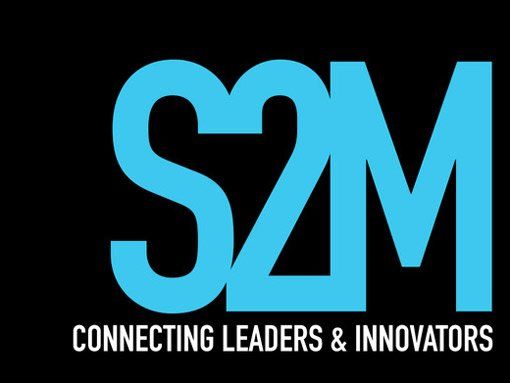Billions and billions: A guide to predictive marketing as told through the Trump campaign
A topic that has recently entered into marketer's vocabulary is “predictive”. Much in the same way predictive texting revolutionised the way people texted on their Nokia 3310, predictive marketing has the ability to let marketers read what the customer habits are, and subsequently change to suit their needs. Nowhere is this more apparent now than in the world of digital pay-per-click advertising, where click-thru rate optimisation has taken on a life of its own. With social media pooling huge amounts of people into single platforms, the way that marketers can predict and build campaigns has changed the game to be not about who can get to the customer first, but who can build the best predictive technology to suit their needs.
The origins of predictive marketing
Everyone loves a good origin story, and for this story we need a setting, a hero and a villain.
The setting is simple enough. The world was all on the internet by 2015. Not only was everyone browsing, but they were only clicking on the first link below the search bar. Both Yahoo! and Google were engaged in a titanic struggle to best way to let ads reach the audience, but Google was winning hands down.
So we all know that Yahoo! lost this battle, but what is of note is how they tried to claw back the upper hand. Google’s Display Network seemed to be able to tell advertisers best that their campaign was working or it wasn’t, but Google Analytics was never able to learn what was needed for campaign success.
Yahoo!’s Gemini suite was one of the first attempts to curb this. In 2014, Yahoo! launched the Gemini Display Network. The genius behind this method was not in the fact that Yahoo! attempted to further monetise its core platform and media advertising stakes, but that with Gemini came a master stroke in predictive marketing technology. Gemini could take a campaign, and narrow down whether a customer would click through best on short (5 second), medium (15 second) and long (greater than 15 second) ads, whether it was best viewed on tablet, mobile or desktop (which is measured on form factor), whether a campaign was being clicked through by your target marketing segment, and finally, whether anybody actually bought the offer as a direct result of the campaign. If Google is the hero here, it almost certainly triumphed in the end, but not without the Gemini superweapon showing the world the power of predictive marketing.
Facebook seemed to extend this further by giving rise to its own predictive marketing tool, aptly introduced through an update to Facebook’s terms and conditions allowing for it to link data points together.
Social engineering and the Trump campaign
While it wasn’t the first time a politician has manipulated the media, Donald Trump’s campaign took predictive marketing to a whole other level. Using data analytics and secretive Russian big data analytics companies, Donald Trump’s political campaign found a foothold in middle America by silently targeting individuals with fake news stories and unmerited claims against his rivals. When a user would click through any single fake news story, the campaign would signal a chain reaction of more suggestive advertisements and posts, eventually siphoning traffic to a supportive website for the Trump campaign. While the way this happened was unclear (and once it is revealed could spell the end of the Trump presidency), the point remains that predictive marketing can produce incredibly impressive results.
Predictive marketing is the future, and eventually it will be the new normal. Whether we use it for good or evil will be up to us.






